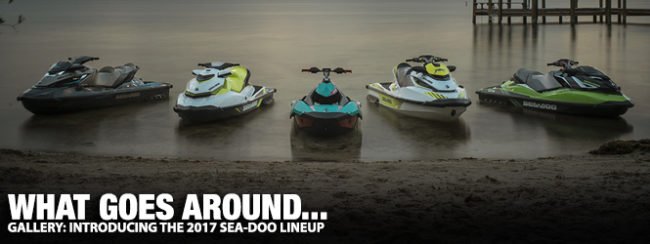
Ask any economist, and they’ll tell you that streamlining production is the key to the fiscal success of any company. Producing “limited editions,” “one-offs” and hand-built “specialty units” ramps up overhead and can quickly dry up any equity made in a production run. So for Sea-Doo to continue a four-year strain of introducing one outlier after another, one had to question whether there was a method to the company’s apparent madness. The Spark’s Polytec hull materials, the ACE 900 and newly introduced 300 series engines, and even the RXP-X’s own Ergolock seat cockpit design all distinguished specific models from the rest of the brand’s lineup, if not the industry as a whole.
As with last year’s introduction of the 300 series models (RXP-X, RXT-X and GTX Limited), so too came the implementation of Ergolock throughout the entire offering of S3-based (GTX/RXT/Wake Pro) full-sized machines. This not only provided the larger 3-seater runabouts superior ergonomic seating, comfort (via a narrower saddle at the knees) and handling, but also eliminated the need of differing materials from the production line. Incorporating ACE technologies from the 998cc Spark engine to the larger now-1630cc ACE 300 was the next step in a succession of streamlining across the brand. For 2017, Sea-Doo has taken materials, technologies and engineering breakthroughs from its major outliers and disseminated them throughout the product line.
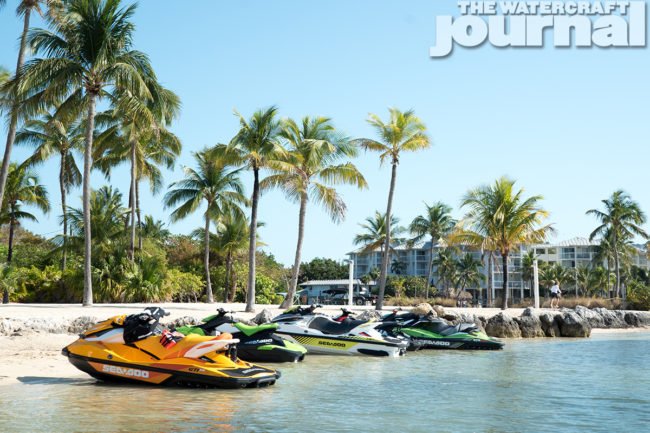
“The Sea-Doo watercraft line has never been stronger,” explained Anne Bélec, SVP Global Brand, Communications and PAC at BRP. “By offering new models that continue to focus on rider needs such as affordability and efficiency, and of course fun, more people can find the right model for them and make the dream of owning a Sea-Doo watercraft a reality.” To accomplish this goal, Sea-Doo has not only heavily improved upon 80-percent of the lineup, but added two all-new units, the Spark Trixx, and GTR-X 230. With the latter, so comes the introduction of an all new engine, the Rotax 1500 HO ACE. Benefiting from the same Advanced Combustion Efficiency philosophy used in the ACE 900 and ACE 300 engines, the ACE HO 1500 produces 15 more horsepower than the outgoing 215HP Rotax 1503, all the while maintaining minimal mass for optimal power-to-weight performance.
The Heart of Rock n’ Roll: The ACE HO 1500
Similar to the larger 1630cc ACE 300, the ACE HO 1500 employs the same “plasma-coating technology for aluminum-block engines developed by a Rotax team in Gunskirchen, Austria,” Sea-Doo explains. Applied via a thermal spraying process that lays a protective coating on the engine’s cylinder walls to create a metallic layer that replaces the heavy, pressed-in steel sleeves, the coating provides a durable surface hard enough to withstand piston friction forces. Not only does it shave off valuable weight, but improves surface durability, and also provides superior heat transfer (ie. reducing heat soak) resulting in greater performance, and reduced use of chemicals.
The new ACE also gains the improved cylinder head (combustion) design and greatly improved cooling. To whit, the new Rotax ACE is also equipped with the company’s maintenance-free shaft-driven supercharger. With less mass, improved engine cooling, less friction, and improved efficiency, the ACE HO produces an added 15-horsepower over the outgoing GTR 215 engine – all the while, being optimized to run on regular grade fuel, giving the owner even more to smile about. The ACE HO 1500 not only replaces the aforementioned supercharged GTR 215 engine, but is also found in what Sea-Doo calls the GTR-X 230, as well as the Wake Pro, RXT and GTX Limited (all previously rated at 215-horsepower, now 230).
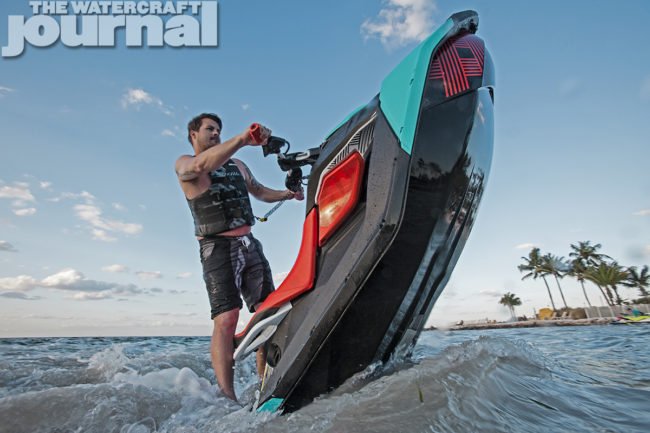
Rubber Soul: Spark Trixx & Spark Lineup
Sea-Doo carries over much of last year’s Spark lineup unchanged, including the selection of colors (Blueberry, Chili Pepper, Pineapple, Vanilla and Key Lime). From all reports The Watercraft Journal has gathered, the single-most popular Spark sold has been optioned as a 3-up with iBR and the 90-horsepower ACE HO. As such, Sea-Doo has created packages to better equip Spark sales, such as “Tow Pro” and its “Convenience Package Plus” including their popular optional items: a Front Storage Bin Kit, a Reboarding Step for easy reboarding, and the DESS key. But that is not the big news for Sea-Doo’s Rec-Lite segment; the Spark Trixx is.
Beginning with a de-optioned 2-up unit, the Trixx is fitted with the 900 HO tune and iBR, as well as a heavily modified digitally-operated Variable Trim System (VTS) with extended range. Next, the Trixx is equipped with a unique handlebar with an aluminum adjustable riser allowing the rider greater leverage for increased rider input, step wedges for better footing while performing tail-stands, power slides, 180 hops, and dozens of other tricks. It also comes in its own unique color package: Candy Blue & Chili Pepper (plus custom graphics including deck and hull decals). Whether the Spark will segue into the world of flatwater freestyle in 2017 remains wholly unseen, but it’s a very unusual move if not wholly unexpected for Sea-Doo to be sure.
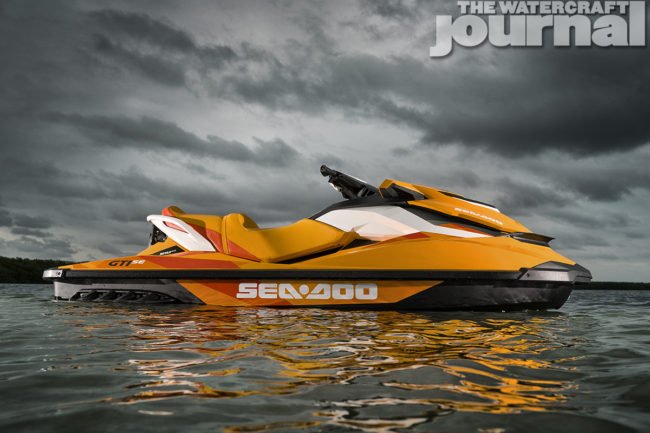
Tangerine Dream: The GTI Family
The GTI family, consisting of the GTS, GTI 130, GTI SE 130/155 and GTI Limited 155 have remained some of the brand’s most surefire, reliable machines of its entire lineup. Looking to expand the lineup, as well as dramatically increase value, fuel economy and power-to-weight, Sea-Doo has shaken up the once Recreation segment by replacing both the engine and hull material with those from the Sea-Doo Spark. Yes, you read that right: The GTS, GTI and GTI SE will be equipped with the 90-horsepower ACE HO as all-new Polytec hulls.
Replacing the traditional fiberglass hull with Polytec (and replacing the engine with the lighter 100-pound ACE HO) shaves off significant weight, making the GTS the lightest full-sized watercraft in the industry with a scant 630 pounds (an incredible 150-pounds less than its previous 780-pound predecessor) and picking up an astounding 30-percent gain in fuel economy. Add another 10-pounds to that, and you’ve got both the GTI and GTI SE offered in new Sunrise Orange. Manta Green is found on the aforementioned GTI model and Orange Crush on the GTS model.
Of course, if you’re looking for more power and options, Sea-Doo’s GTI SE (Special Edition) 130/155 and Limited 155 will still be available with a fiberglass hull and the tried-and-true naturally-aspirated Rotax 1503, where classic Black is the second color option on the GTI SE 130/155 models as Jet Black Metallic and Deep Pewter Satin adorns the GTI Limited 155 model.

Ticket To Ride: Performance Lineup
The performance group saw its biggest additions last year with the advent of the new Rotax ACE 300 engine. The heavily reworked powerplant not only dramatically improved the thermodynamics of the 3-cylinder, but also the weight and oil cooling. Of course, the newly re-engineered shaft-driven centrifugal supercharger also heavily increased both boost and longevity. “Measured at 1630.5cc’s, the new engine features a 100mm bore and 69.2mm stroke, providing 9-percent more displacement, and 15-percent more power,” Martin Lachance, BRP’s Engineering Director for the new Rotax ACE 300, explained to The Watercraft Journal last year.
For 2017, the improvements come in the form of the newly re-motivated GTR and the addition of the GTR-X. Powering both craft is the aforementioned Rotax 1500 ACE HO. In the GTR-X 230, the ACE pushes the machine from idle-to-60 mph in 5.3 seconds, which is 2.4 seconds quicker than the closest competitive model. For the GTR 230, this is an increase of 15-horsepower, pushing the already quick craft to new levels. As for the GTR-X, the machine might fool many into thinking its a detuned RXP-X 300. Such is not the case.
The GTR-X rather, is a GTR 230 with the RXP-X Ergolock seat, fairings and hood (seeing that the two craft share the same top deck). The hull is not the T3 hull, but that shared with the GTI and GTR models. Other carryovers include the Adjustable Ergonomic Steering (AES) handlebar, iBR, VTS and angled footwell wedges, and comes in Black and Manta Green, with the GTR 230 available in Black and Octane Blue (as well as the RXT 260). The RXP-X 300 retains both color options from last year (Lava Red and Monolith Black Satin, and White and Dayglow Yellow), as does the RXT-X 300. Those looking closely will note the loss of the RXT aS 260 from the lineup with only the RXT retaining the old Rotax 4-tec 1503cc plant.
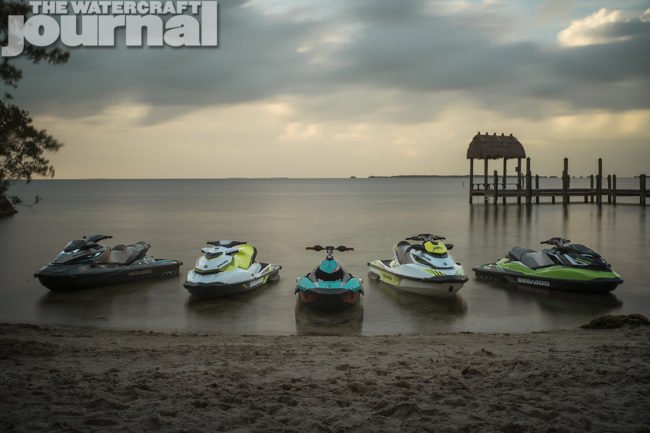
Living on The Top Shelf: Luxury and Tow Sports
In a strange reversal, more units were dropped from the Luxury segment than added; specifically the GTX Limited 260 iS – replaced with the standard “S” signifying the manual suspension package. Again, these moves most likely are attributed to both demand and streamlining the production costs in an effort to curb rising MSRP prices. Instead, now the GTX roster is comprised of the GTX 155 and GTX S 155, GTX Limited 230, GTX Limited S 260, GTX Limited 300. Equally, all colors are carried over from 2016 to 2017, retaining the lineup’s Jet Black Metallic and Deep Pewter Satin finish, which we personally feel is some of the brand’s best hues ever. Seriously. If you haven’t seen it in person, you need to.
The Wake 215 and Wake Pro models both keep their gorgeous White and Belize Blue colorization (and WAKE graphics), which are almost as striking as the above GTX models. Equally gone is the Wake 215’s outgoing engine, replaced with the new ACE HO 1500, pushing the craft’s output to 230-horsepower (the same goes for the GTX Limited 215, which also sees an increase in horsepower to 230). The bump in horsepower will be duly appreciated by those actively using their Wake models for tow sports and slinging the kids around on a raft. In all, the addition of a new engine was somewhat expect, at least in the form of replacing the now decade-plus-old Rotax 1503, at least in all supercharged applications; the Trixx-package and Polytec-equipped GTS/GTI hulls are pleasant surprises and promise to be big news-makers in the following days and weeks.









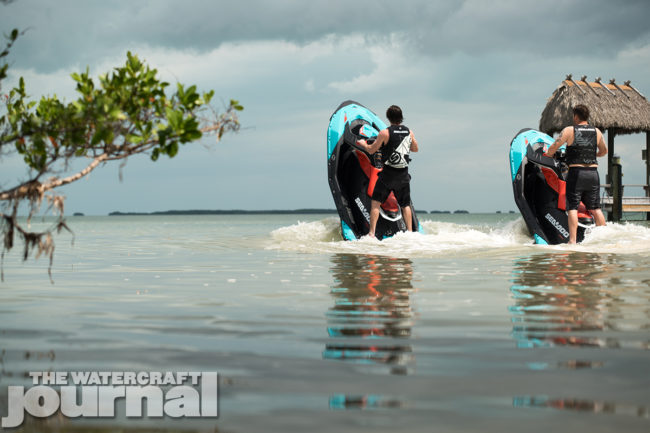
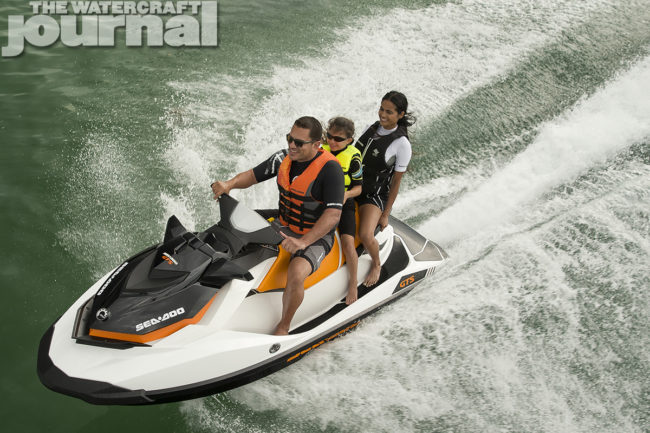
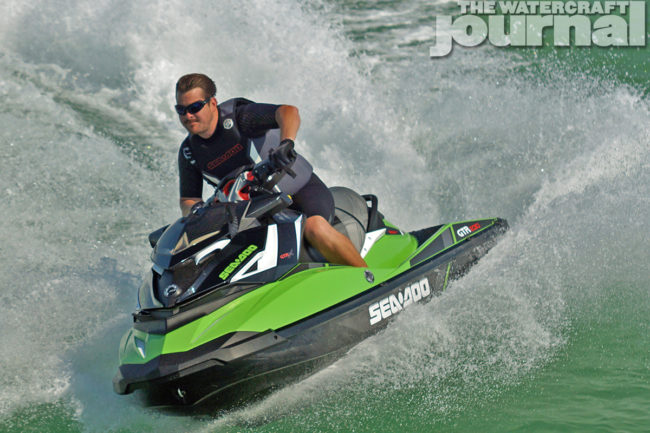


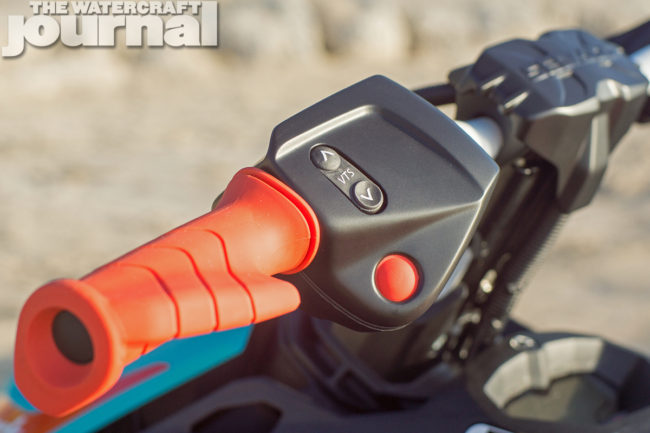
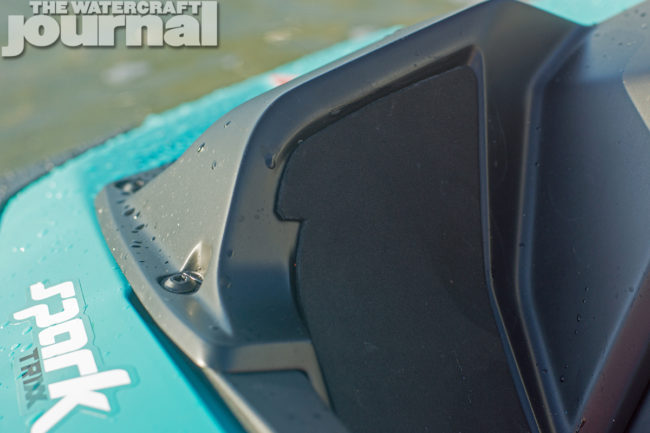
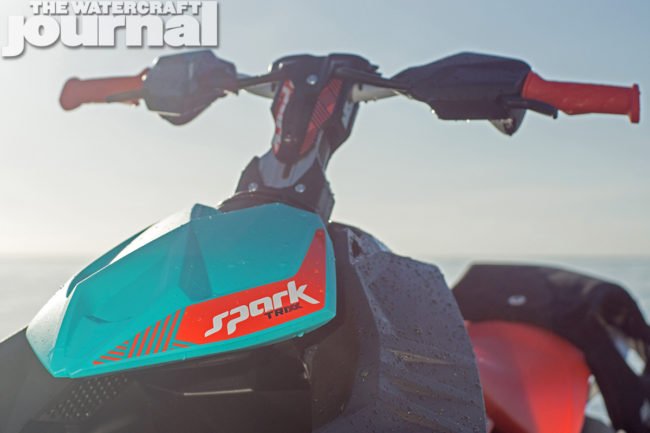
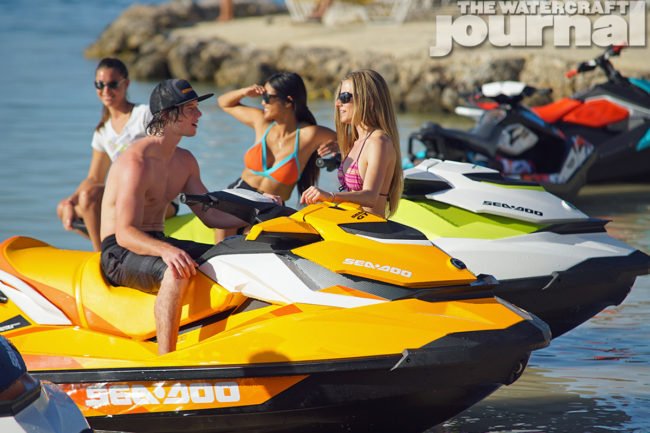
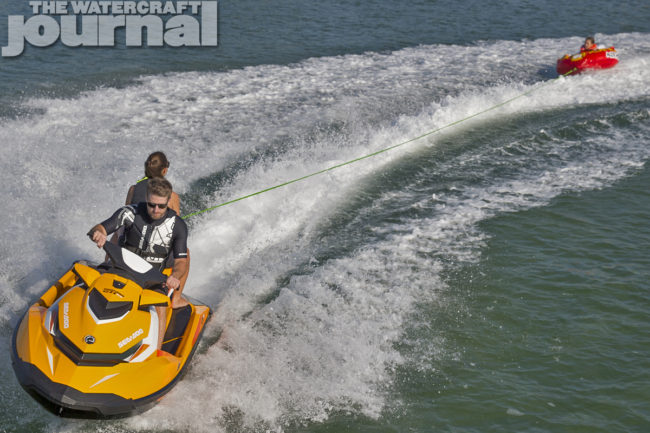
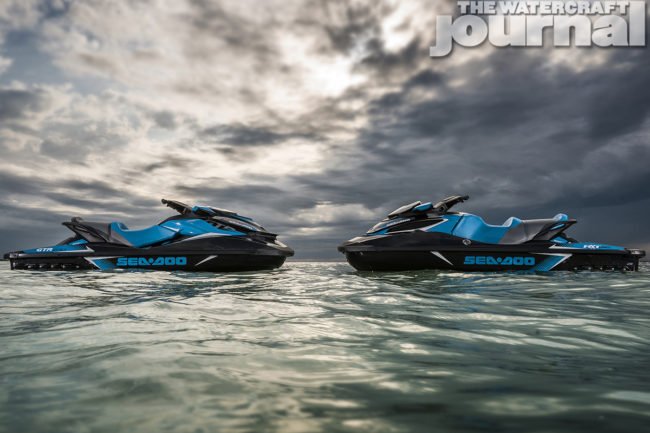
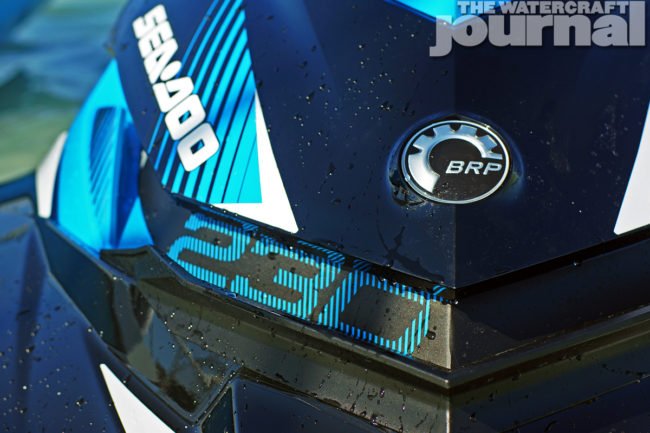
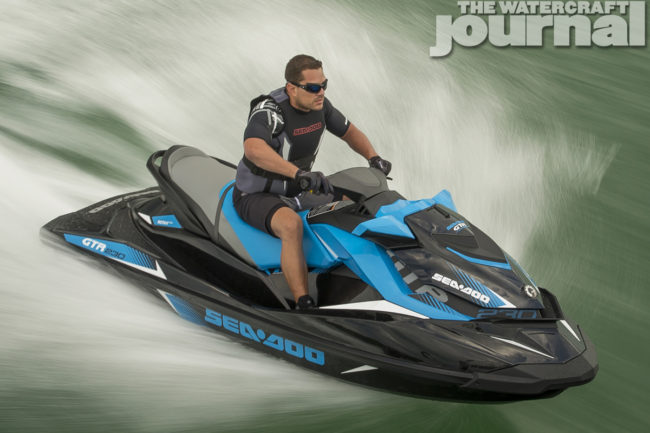
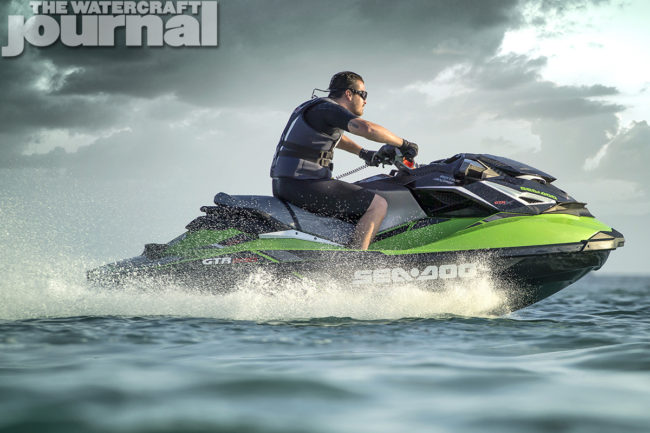
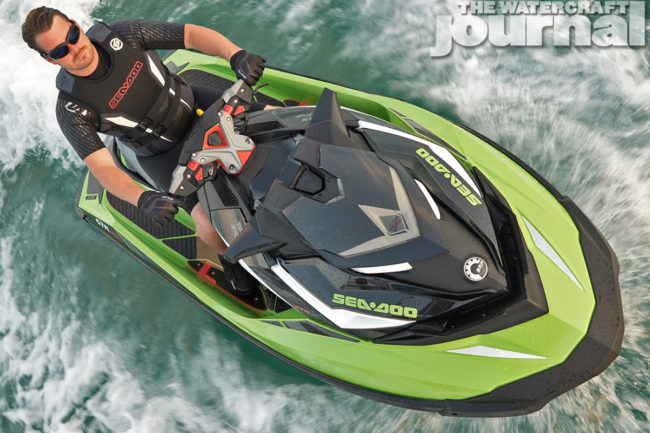
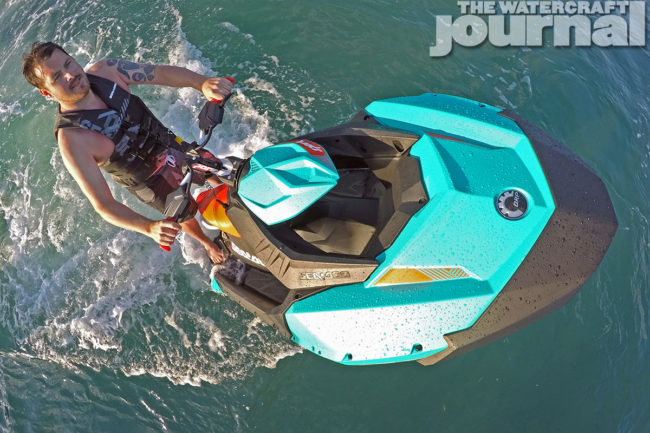
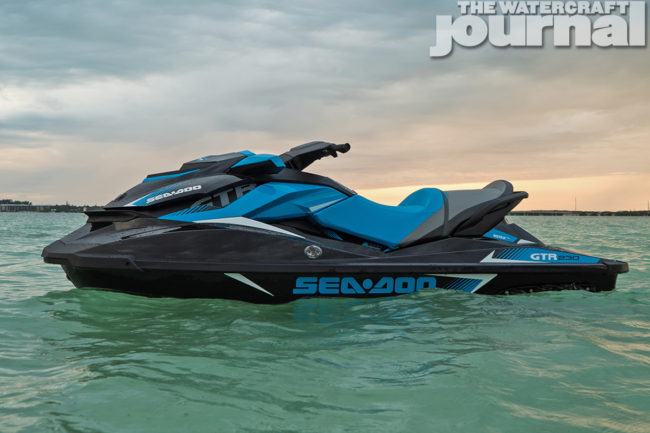
































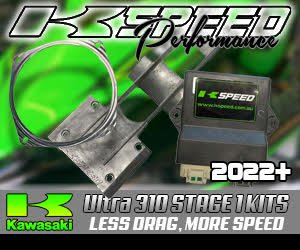





I sure hope Yamaha has something new to be excited about…Spark Trix looks decent though. Please Kawi and Yamaha come through for us in 2017!!!
They need to work on reliability of new technologies, a stock 300HP had piston problems on the last Mark Hahn 300 race, after 50 minutes into the race?, come on seadoo/brp, you can do better!
Wow, the GTS/GTI switching to polytec was NOT the move I or I think many expected. I thought for sure they would get non-supercharged versions of the 1630 ACE and while 630lbs is light, it’s only 34lbs lighter than the Yamaha VX which has somewhere around 30 more horsepower than the Ace 900 HO that now resides in the GTX-GTI. Plus the fact that NanoXcell seems to be a stronger hull construction than polytec to me means that BRP just made the GTS-GTI craft less versatile than the competing VX lineup. HOWEVER, the fuel economy should be pretty impressive, I will admit that.
The Spark Trixx, however, that is very interesting!
Kevin…Please tell us that the 2017 Yamaha release next Tuesday will be more interesting than this.
Hi Kevin,
Quick question for you Dude: What is your preference and why between the RXP-X300 v/s the Kawasaki 310?
Wow, you couldn’t have picked two polar opposites. Let’s break it down:
The Kawasaki Ultra 310X is designed for rough water handling while delivering the hardest-hitted supercharger punch in the industry. The sheer grunt of the JetSki is still enough to strain shoulders and eject rear passengers. The Kawi has significantly more draft (percentage of hull in the water), allowing it a smooth ride and to absorb the impact of chop. Its weight and large inlet ensures greater pump hookup. Unfortunately, while this all sounds well and good, it makes for a slower top speed and sluggish handling response. You won’t get the “loose and playful” feel that you’ll get from skis with a less aggressive V-hull.
The Sea-Doo RXP-X 300 is a super sportbike. The attitude (balance) of the runabout itself is significantly more “tippy” particularly at speed – and this is a good thing. The RXP-X doesn’t want to cruise. In fact it hates to cruise. And it hates you for trying to make it cruise. The P-X wants to lay on its side, bite down hard and cut the hardest corner it physically can. The deep T3 hull is not made for sluicing through chop, but rather skipping over it while in the apex of a turn. The P-X is a closed course handling boat. The ergonomics, cockpit and power delivery is expressly and purposefully designed to push corner handling.
Do not expect a big, heavy Harley-Davidson softtail cruiser to charge Brands Hatch race course, or try to get a Suzuki GXS-R to be an enjoyable ride on your cross-country ride to Sturgis. They are two very different machines.